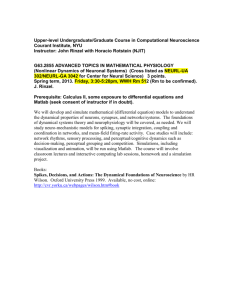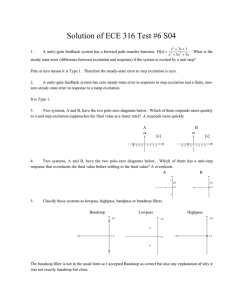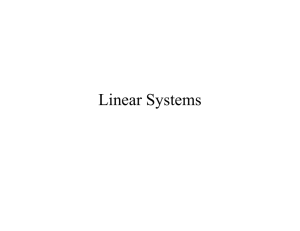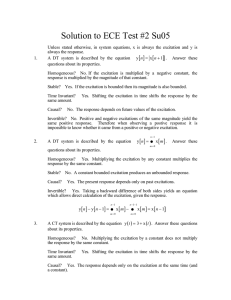(1)
advertisement
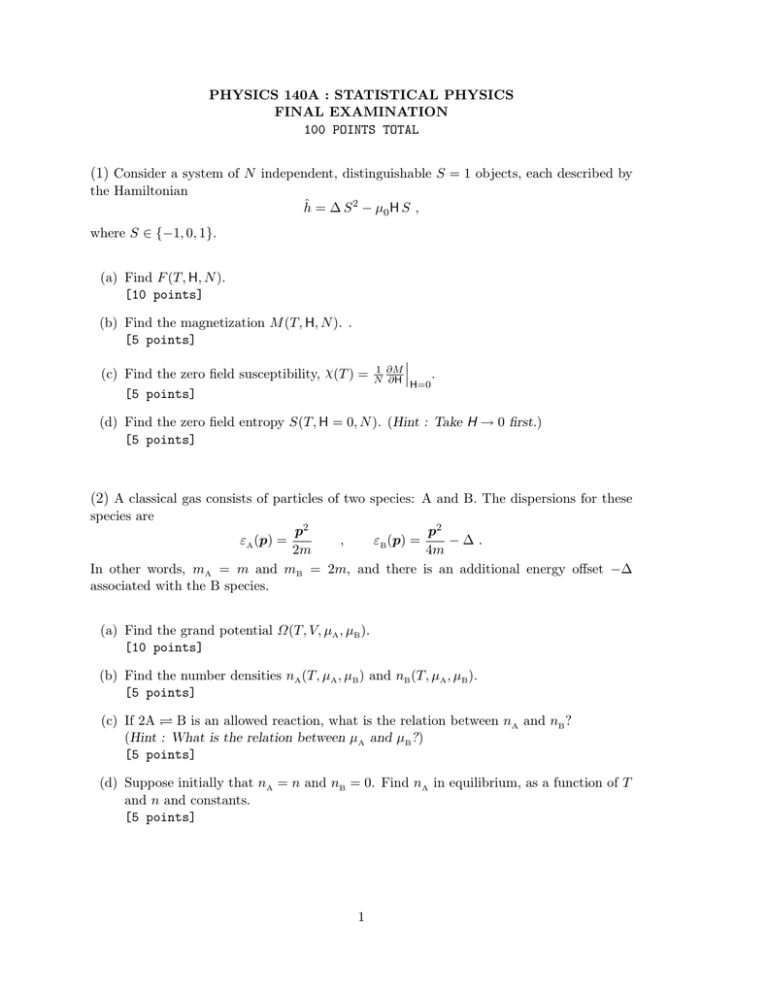
PHYSICS 140A : STATISTICAL PHYSICS
FINAL EXAMINATION
100 POINTS TOTAL
(1) Consider a system of N independent, distinguishable S = 1 objects, each described by
the Hamiltonian
ĥ = ∆ S 2 − µ0 H S ,
where S ∈ {−1, 0, 1}.
(a) Find F (T, H, N ).
[10 points]
(b) Find the magnetization M (T, H, N ). .
[5 points]
(c) Find the zero field susceptibility, χ(T ) =
[5 points]
1 ∂M N ∂H H=0 .
(d) Find the zero field entropy S(T, H = 0, N ). (Hint : Take H → 0 first.)
[5 points]
(2) A classical gas consists of particles of two species: A and B. The dispersions for these
species are
p2
p2
,
εB (p) =
−∆ .
2m
4m
In other words, mA = m and mB = 2m, and there is an additional energy offset −∆
associated with the B species.
εA (p) =
(a) Find the grand potential Ω(T, V, µA , µB ).
[10 points]
(b) Find the number densities nA (T, µA , µB ) and nB (T, µA , µB ).
[5 points]
(c) If 2A B is an allowed reaction, what is the relation between nA and nB ?
(Hint : What is the relation between µA and µB ?)
[5 points]
(d) Suppose initially that nA = n and nB = 0. Find nA in equilibrium, as a function of T
and n and constants.
[5 points]
1
(3) A branch of excitations for a three-dimensional system has a dispersion ε(k) = A |k|2/3 .
The excitations are bosonic and are not conserved; they therefore obey photon statistics.
(a) Find the single excitation density of states per unit volume, g(ε). You may assume
that there is no internal degeneracy for this excitation branch.
[10 points]
(b) Find the heat capacity CV (T, V ).
[5 points]
(c) Find the ratio E/pV .
[5 points]
(d) If the particles are bosons with number conservation, find the critical temperature Tc
for Bose-Einstein condensation.
[5 points]
(4) Short answers:
(a) What are the conditions for a dynamical system to exhibit Poincaré recurrence?
[3 points]
(b) Describe what the term ergodic means in the context of a dynamical system.
[3 points]
(c) What is the microcanonical ensemble? [3 points]
(d) A system with L = 6 single particle levels contains N = 3 bosons. How many distinct
many-body states are there? [3 points]
(e) A system with L = 6 single particle levels contains N = 3 fermions. How many
distinct many-body states are there? [3 points]
(f) Explain how the Maxwell-Boltzmann limit results, starting from the expression for
ΩBE/FD (T, V, µ). [3 points]
(g) For the Dieterici equation of state, p (1 − bn) = nkB T exp(−an/kB T ), find the second
virial coefficient B2 (T ). [3 points]
(h) Explain the difference between the Einstein and Debye models for the specific heat of
a solid. [4 points]
(i) Who composed the song yerushalayim shel zahav ? [50 quatloos extra credit]
2
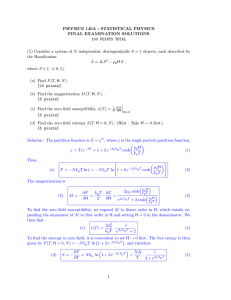


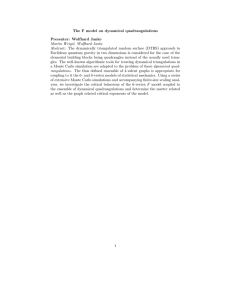
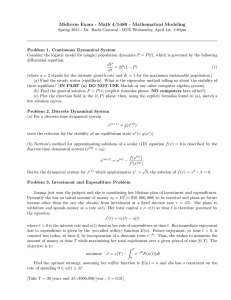

![Solution to Test #4 ECE 315 F02 [ ] [ ]](http://s2.studylib.net/store/data/011925609_1-1dc8aec0de0e59a19c055b4c6e74580e-300x300.png)
